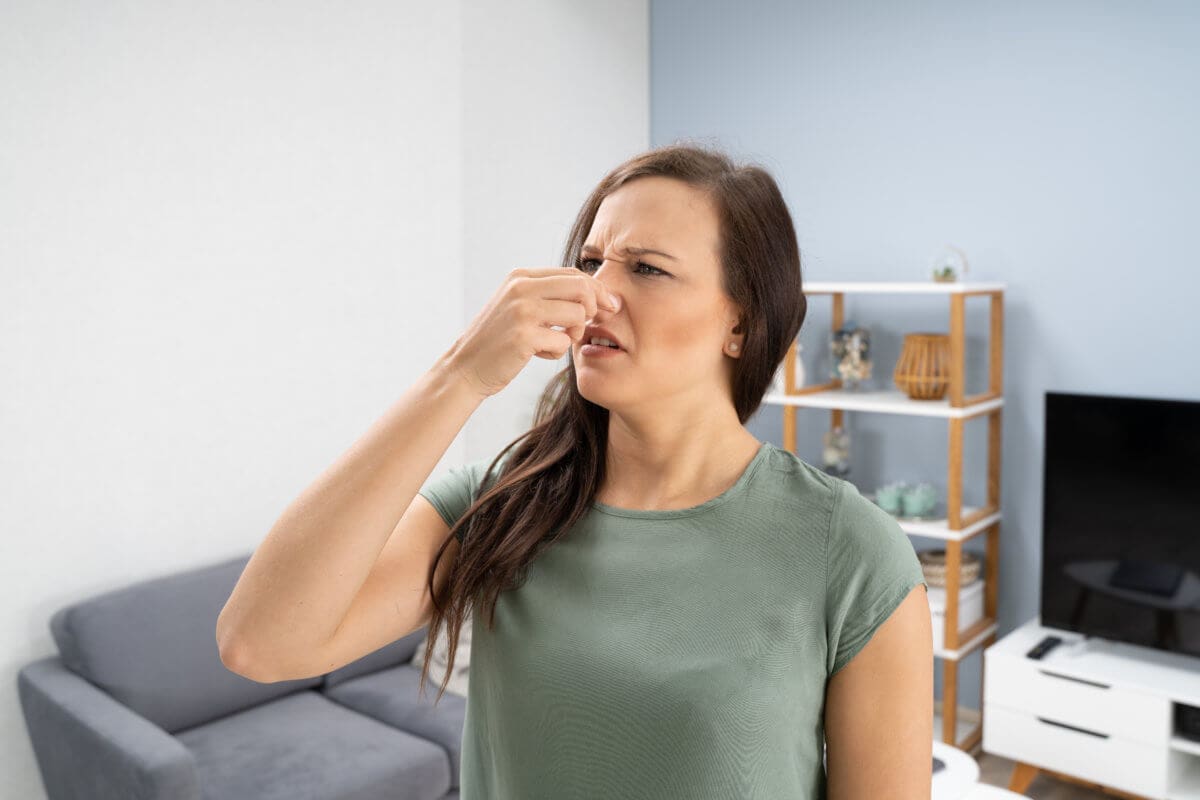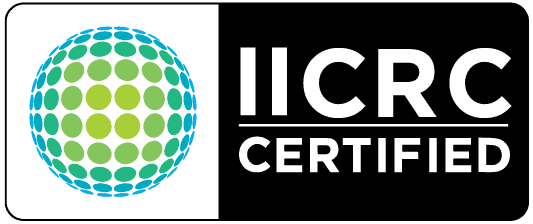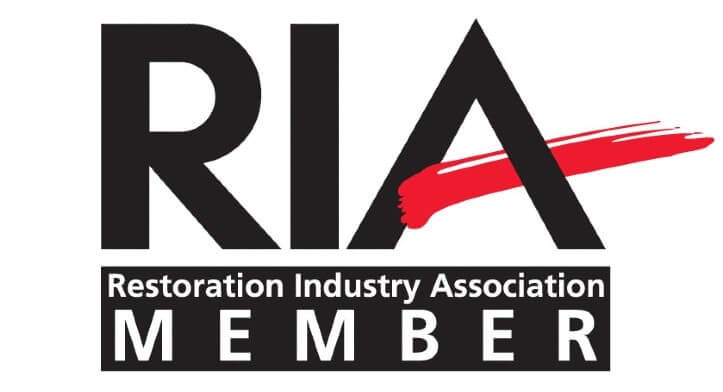Signs of Mold in Your Home
Your property can be at risk from various hazards, including flash floods, fires, and severe weather. While these threats are often visible, there are hidden dangers, like signs of mold, that can go unnoticed yet pose significant risks to your home and health.
Mold can not only be unsightly but can also compromise the health of your family and pets. Areas of your home that show signs of mold should be addressed promptly to prevent further health issues. However, detecting mold can be tricky, as it often hides from sight. Familiarizing yourself with the warning signs is crucial for early detection, allowing you to enlist mold remediation experts for effective mold removal in San Diego.

A Distinctive Moldy Odor
One of the first indicators of mold is a distinctive odor, often described as musty or similar to mildew. Mold typically thrives in dark, hidden spaces behind furniture, wallpaper, or in cabinets. If you notice a moldy smell in your home, it’s a strong signal that mold may be present.
Symptoms of Mold Allergies
Another way to detect hidden mold is by observing allergy symptoms in yourself or others. Common symptoms include coughing, sneezing, sore throats, runny noses, headaches, and itchy eyes. If these symptoms worsen indoors but improve outside, it may indicate a mold issue in your home.
In severe cases, exposure to mold can lead to more serious health problems, including bleeding, organ damage, and cognitive impairment. If you suspect mold, it’s crucial to act quickly.
Visible Mold Growth
While it may seem obvious, visible signs of mold can often be mistaken for dirt. Mold can appear in various colors, including gray, black, orange, and pink. Noticing small patches can be the first step toward effective mold remediation in San Diego.

Signs of Water Damage
If you’re on the lookout for mold, damp areas are key places to inspect. Check under sinks, near plumbing, in the garage, and around showers for moisture. Water stains, bubbling or peeling paint, and visible discoloration are strong indicators of water damage, which often leads to mold growth.
If you’ve recently experienced significant water damage, it’s essential to continuously monitor those areas, as moisture creates an ideal breeding ground for mold.
Mold Removal and Restoration Services in San Diego
If you identify any signs of mold in your home, it’s vital to consider mold damage restoration immediately. Acting fast can help protect your family’s health and prevent further damage.
Trust only professionals for mold removal. At Certified Restoration, we have over 30 years of experience in mold remediation and have helped countless homeowners in San Diego. Our efficient services ensure that your home is restored and free of mold, allowing you to breathe easy again. For expert assistance, contact us today!




